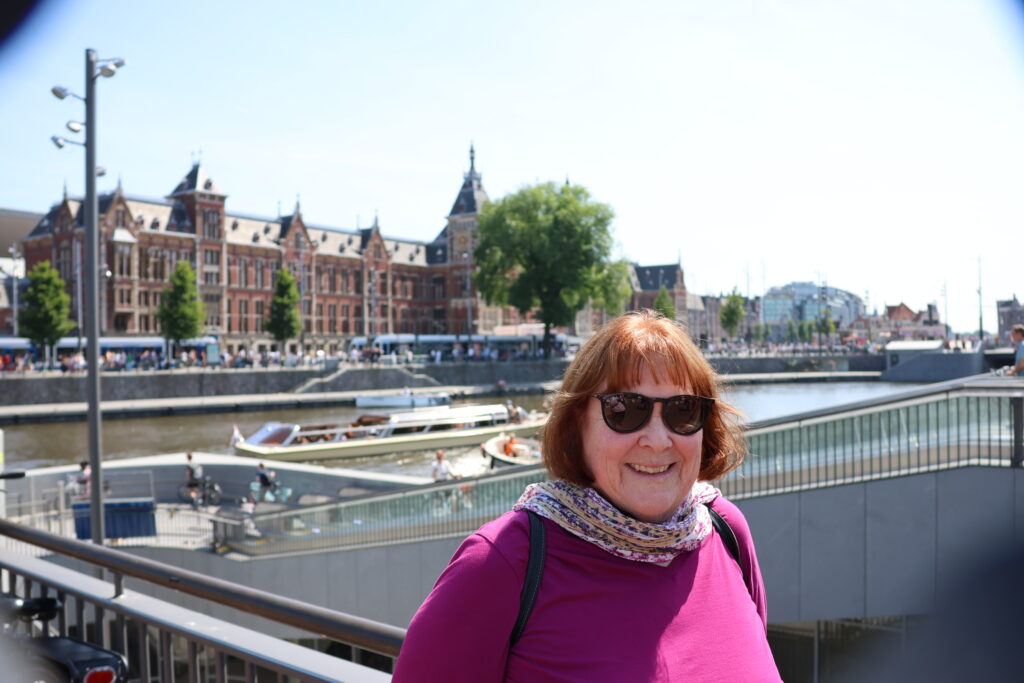
We have started another adventure. On Friday, we departed from Richmond Airport to Boston – where we had a 7-hour layover before heading to Amsterdam. This was the first leg of our trip. We arrived in Amsterdam Saturday morning – dropped our bags off at our hotel and got ourselves to the Van Gogh Museum. We took the train to the Central Station and started walking towards the Museum.
I had remembered all the bicycles but it always an amazing surprise to see so many and with so many different configurations.
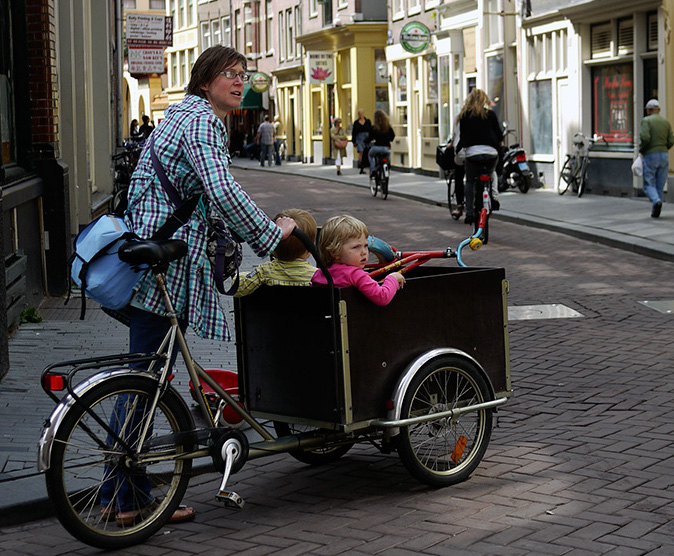
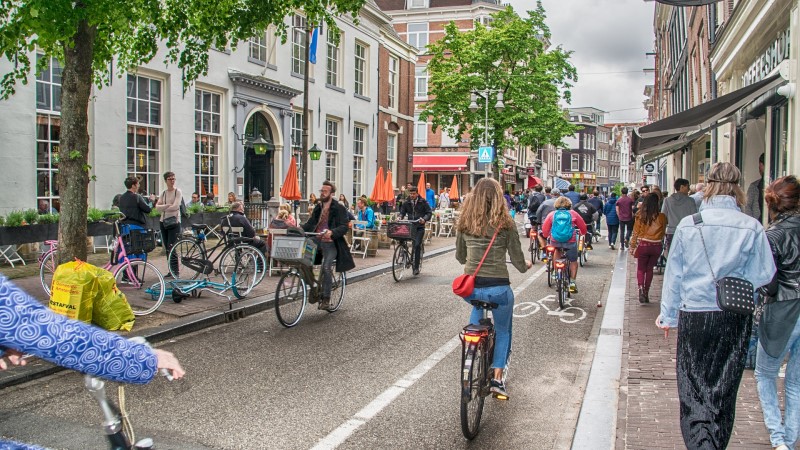
Over the last several years, we have seemed to be following Van Goh around. While on a River Cruise, in 2019, we visited several places he had lived – most notably in a small village in the Brabant region of the southern Netherlands where he lived with his parents – and painted a number of images. One of the most well know, is the Potato Eaters – which has been recreated in bronze in the village square.
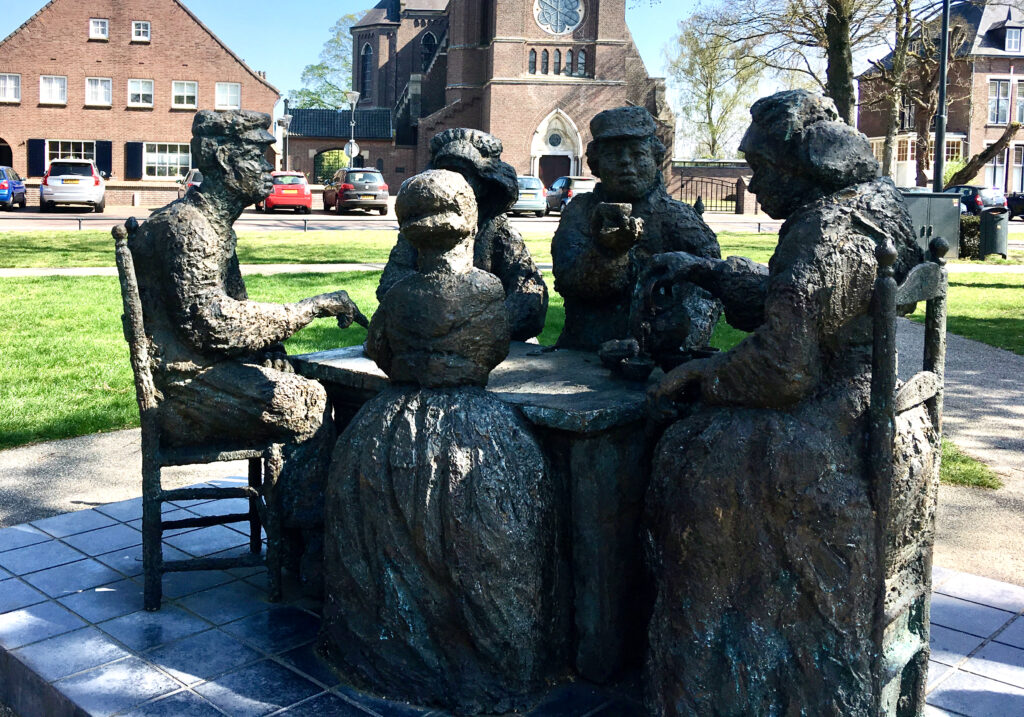
Additionally, we visited several museums, particularly the Kroller-Muller Museum located a little over an hour from Amsterdam that has a large collection of his works. And finally, we stayed in Arles in the South of France where Vincent lived for a while being treated for his depression. So, it only seemed like a natural that we would arrive in Amsterdam and visit the Van Gogh Museum. The last time we were here it was fully booked so I had gotten tickets well in advance.
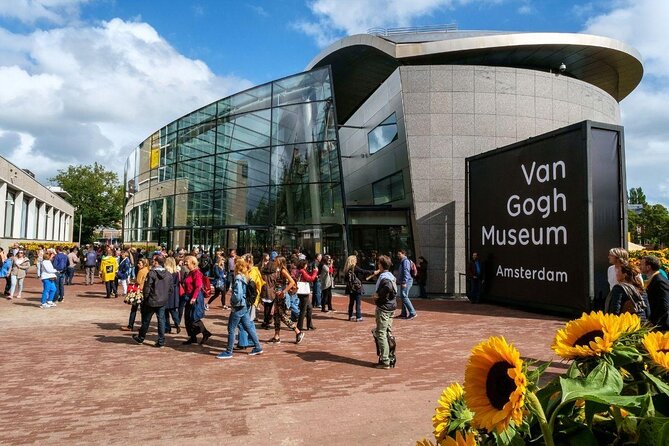
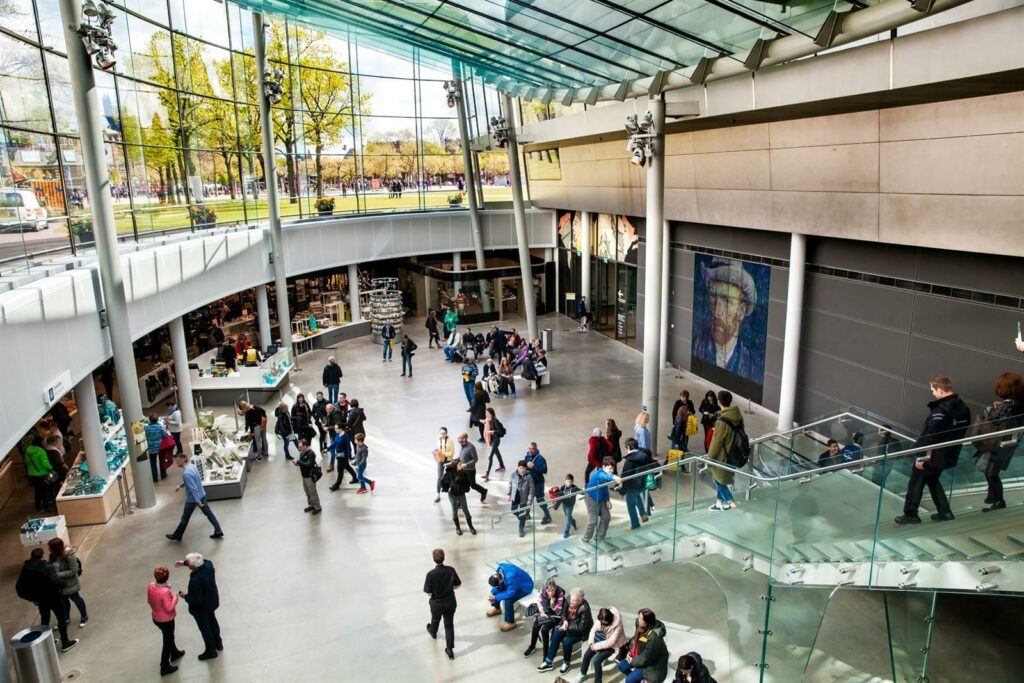
After Vincent left Arles, he went to Paris for a short stay and eventually went and lived in the French village of Auvers-sur-Oise about 25 miles west of Paris. During his final period of painting, he did 74 paintings in 70 days – a lot of output. He was tremendously productive in these months and made several of his most renowned masterpieces, including Wheatfield with Crows, Doctor Paul Gachet, and The Church of Auvers-sur-Oise. Unfortunately, his depression got to him and he took his own life at the end of July 1890. He as only 39 when he died.
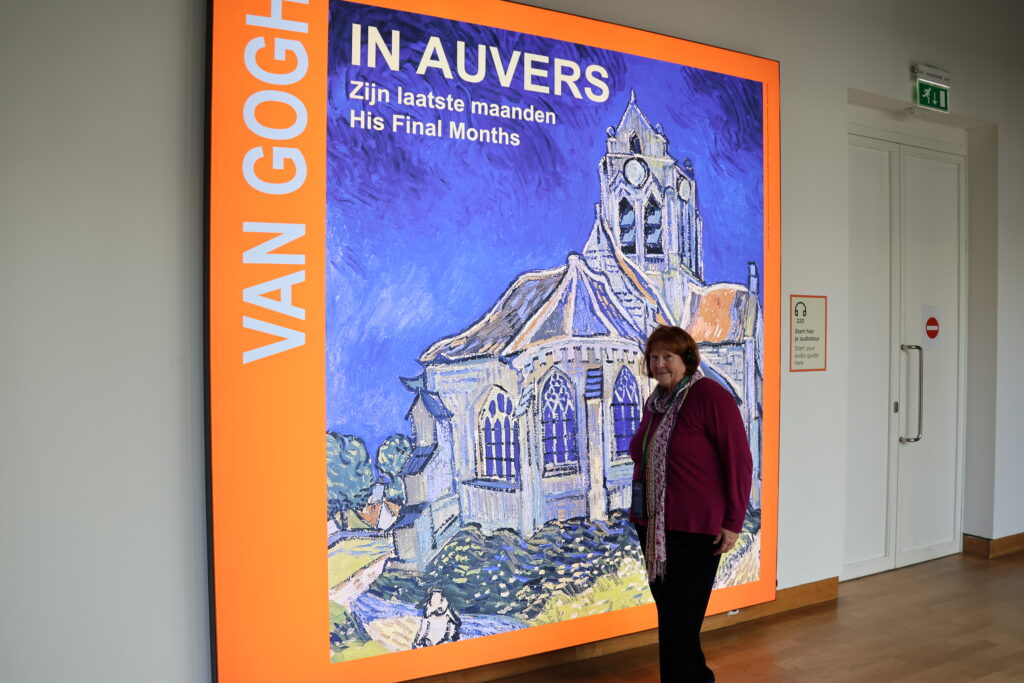
Vincent van Gogh left behind a magnificent body of work. He died just when his paintings were starting to be recognized and priced. The exhibition did a good job of exploring his significance as an artist at the time.
The Museum has mounted a number of paintings from his time in Auvers. It follows his output from when he arrived in Auvers-sur-Oise, May 1890, where he optimistically and ambitiously set to work. He was highly productive: he often created more than one painting a day, while freely experimenting with new approaches to color, brushwork, formats and subjects.significance as an artist at the time.

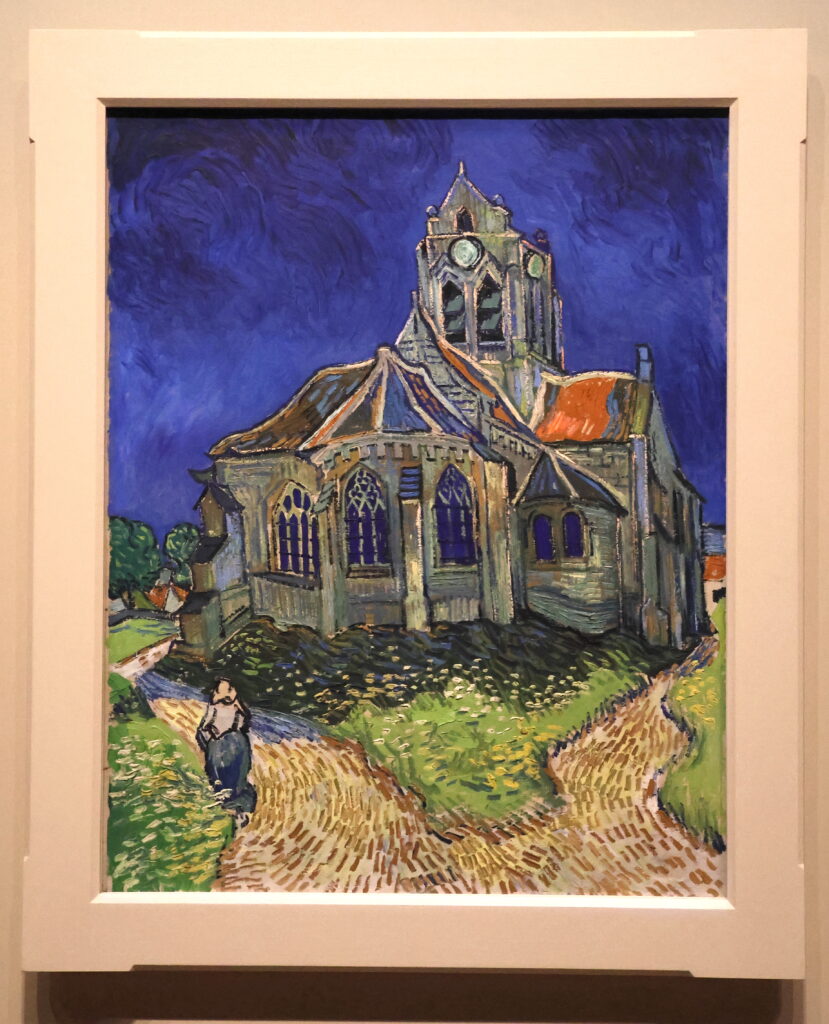
The painting on the left, is Van Gogh’s first painting of the garden of Daubigny, the famous landscape painter who had lived in Auvers. Van Gogh used a piece of kitchen towel because he had run out of canvas. The painting on the right, The Church at Auvers-sur-Oise, 1890.
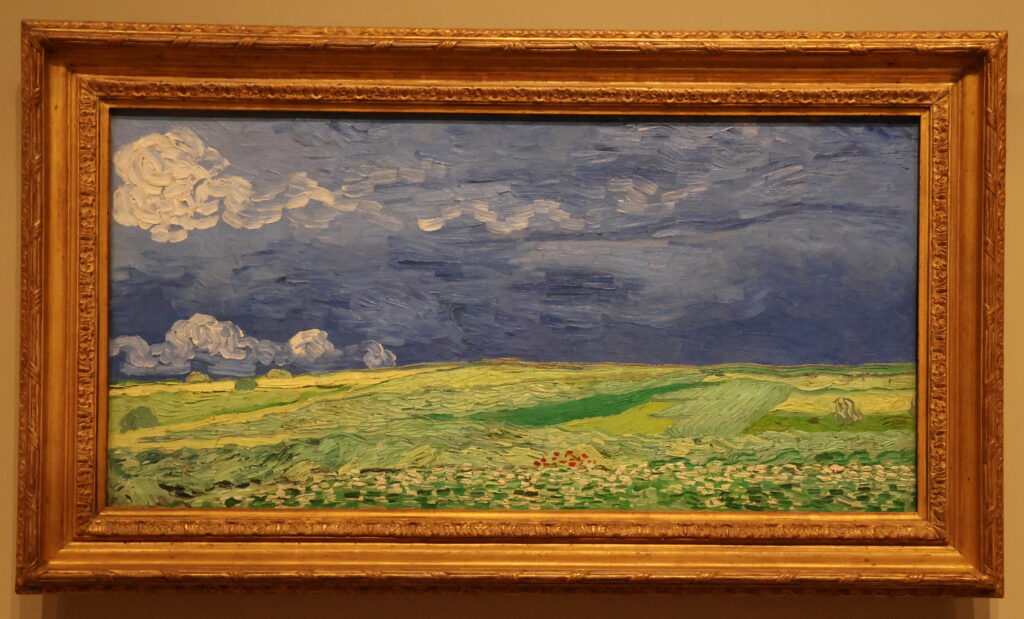
A panoramic-sized canvas allowed Van Gogh to portray universal, all-encompassing nature even more forcefully.
He painted Wheatfield under Thunderclouds (above) shortly after a turbulent visit to Theo and Jo in Paris. In both this work and Wheatfield with Crows (at the left) he emphatically tried to convey ‘sadness, extreme loneliness.’ At the same time, he believed that these canvases ‘will tell what I cannot express in words: what I consider healthy and fortifying about the countryside.’
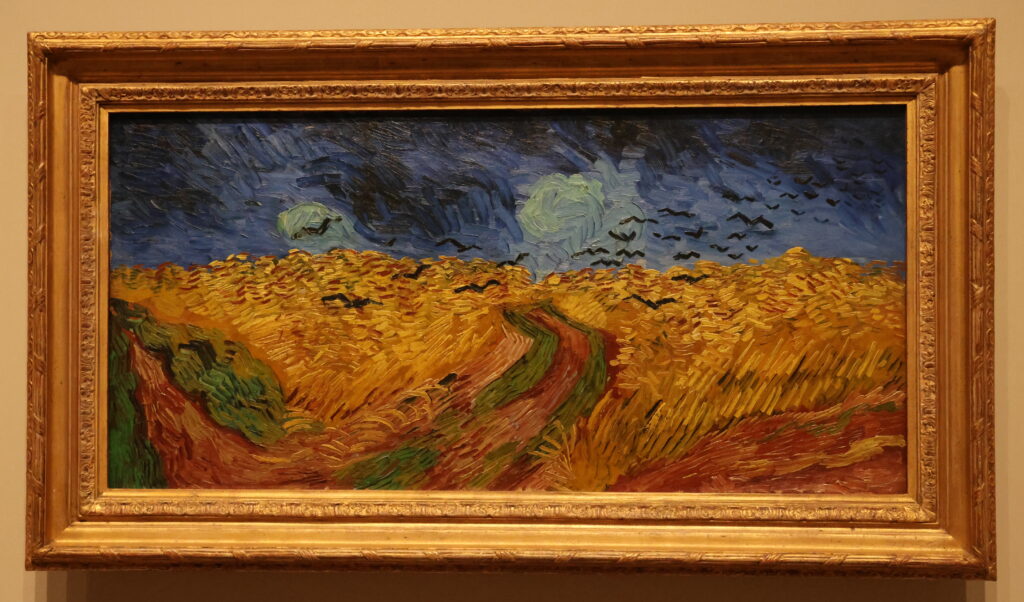
Clearly the Museum put a lot of work into the exhibit. Paintings are on loan from a number of collections – Van Gogh in Auvers and his Final Months is the result of years of research into the final period of Van Gogh’s life. But above was a once-in-a-lifetime opportunity to see more than 50 paintings and 30 drawings and sketches by Vincent van Gogh that have never before been exhibited together, featuring exceptional loans from private collections and museums around the world.
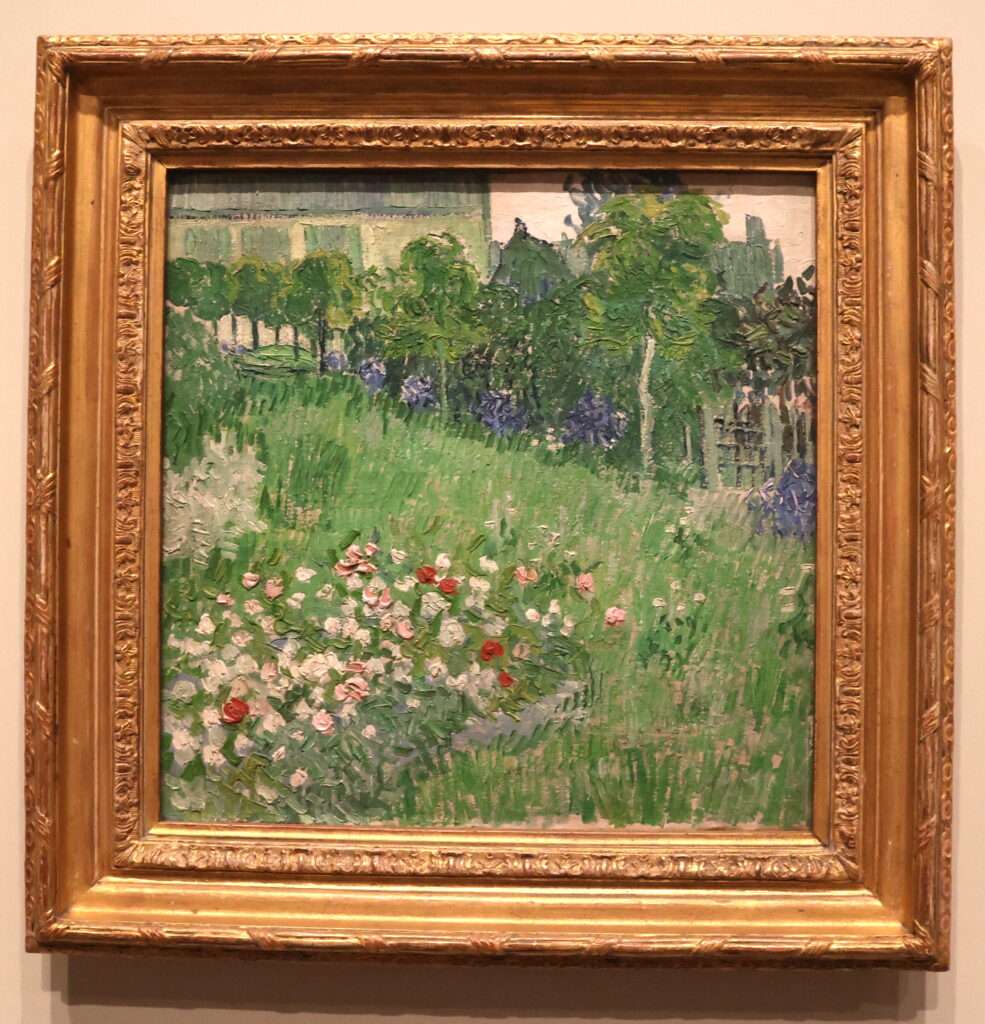
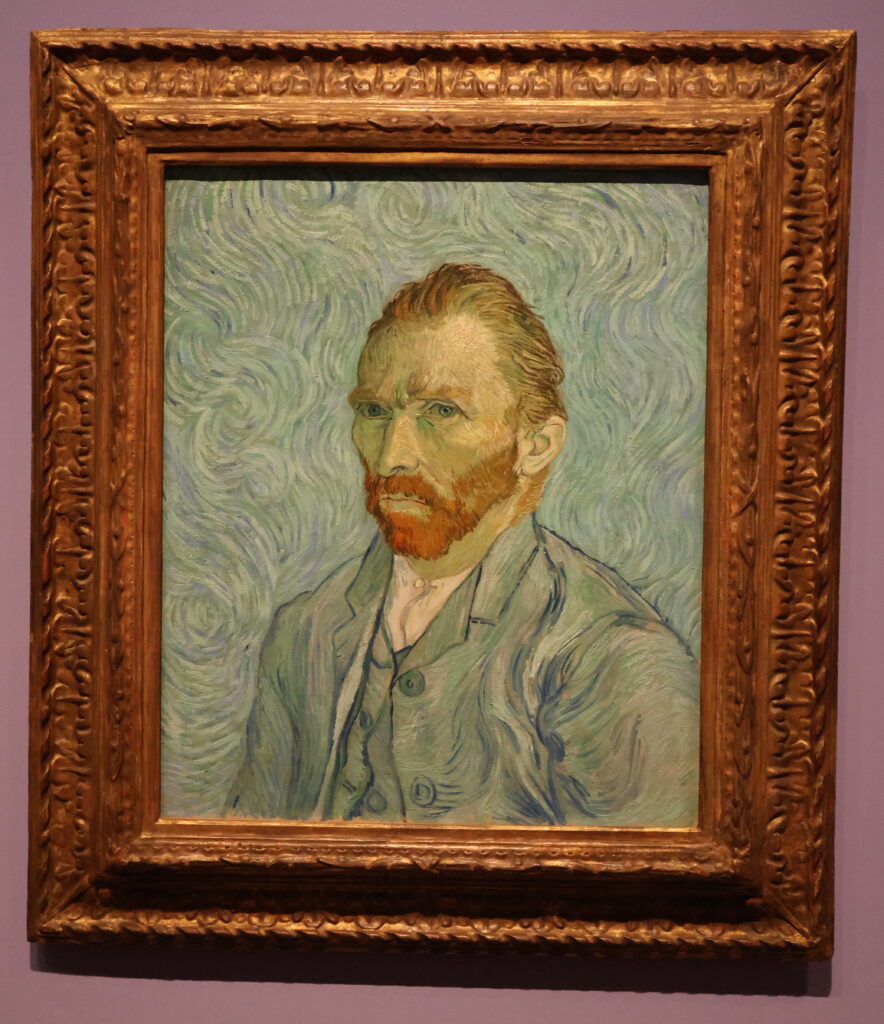
We took the tram back to the train station, the train to the airport and the airport bus back to our hotel. Tomorrow starts the first day of our Mystery Cruise. Stay tuned.